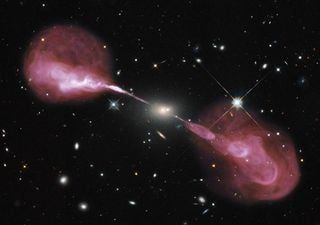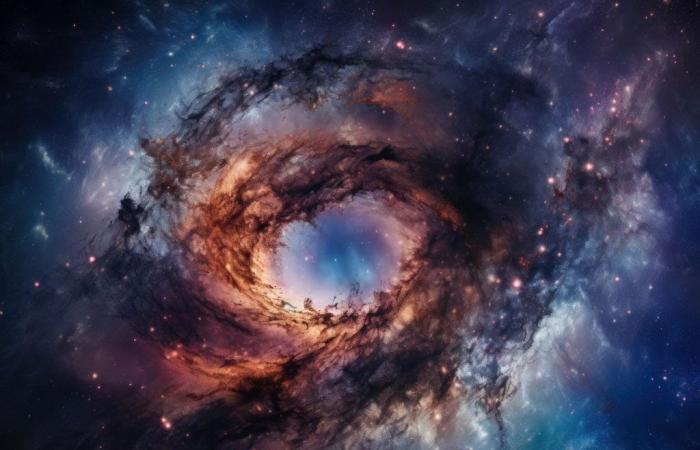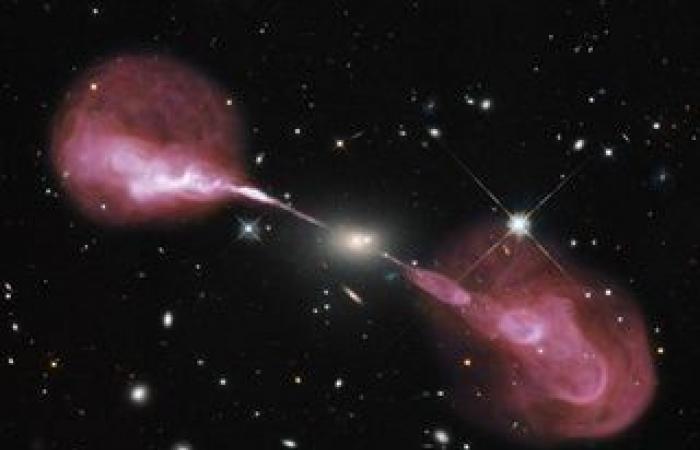During its existence, that is, in the last million years, The solar system has crossed different regions of the interstellar medium that have influenced its characteristics.
Most stars generate the so-called stellar winda flow of electrically neutral or electrically charged gas emitted from the star’s upper atmosphere. This stellar wind surrounds the star and moves through the interstellar medium along with it.
The Sun also generates its own stellar wind, called the solar wind, which creates a kind of cocoon, called heliospherethat It protects the planets from the interstellar medium.
A new study opens an unexpected scenario
However, according to a recent study published in the journal Nature Astronomyit seems that about 2 or 3 million years ago this kind of protective shield “given away” giving rise to a possible direct exposure of Earth to the interstellar medium.
First of all, it is good to know that in the interstellar medium there are areas of cold clouds that are 4 to 5 orders of magnitude denser than their diffuse counterparts. Chances are, our solar system has encountered at least one of these clouds in the past.although no evidence of this encounter has yet been studied in detail.

For this reason, to fill an important knowledge gap, a research group has derived the Local Cold Cloud Belt (LRCC) velocity fieldof the rare, cold and dense clouds present in the interstellar medium close to our planetary system, discovering that the Sun, the Earth and other celestial bodies that make up the solar system they may have crossed the LRCC in the Lynx constellation 2-3 million years ago.
The scientists, using a state-of-the-art heliosphere simulation, demonstrated that during this event the heliosphere shrank to 0.22 Astronomical Units (AU)which is smaller than Earth’s orbit around the Sun, measured by Voyager 1 and Voyager 2. According to the probes, the heliosphere extends to a distance of approximately 130 astronomical units.
This event may have altered Earth’s climate
This would have put Earth in direct contact with the dense interstellar medium. This scenario agrees with the geological evidence of our planet. Our planet would not only have been exposed to certain chemical elements, but also to a increased galactic cosmic ray radiationwhich could have had a decisive impact on the Earth system and its climate.
Where do cosmic rays come from? The impressive energetic waterfalls on Earth

This new study opens the doors to a new line of research, also because the results obtained from the simulations carried out by researchers They are far from being final.
Scientists have shown that there is at least a 1.3% chance that the heliosphere encountered the tail of the LRCC about 2 million years ago.
Therefore, we will have to wait for more studies to confirm or deny this fascinating parenthesis of our planet and the solar system in general.
Sources and references of the news:
Opher, M., Loeb, A. & Peek, JEG A possible direct exposure of the Earth to the cold dense interstellar medium 2–3 Myr ago. Nat Astron (2024).









